Best Books to Read in 2023
Best Books to Read in 2023 Are you a bookworm or a bibliophile, if yes, then this is the ...
Rice University of United States of America and IIT Madras researchers have developed alogorithms of lensless, miniature cameras.
Such lensless cameras have numerous vision applications in areas such as Augmented Reality (AR)/Virtual Reality (VR), security, smart wearables and robotics where cost, form-factor, and weight are major constraints, say researchers from IIT Madras and Rice University.
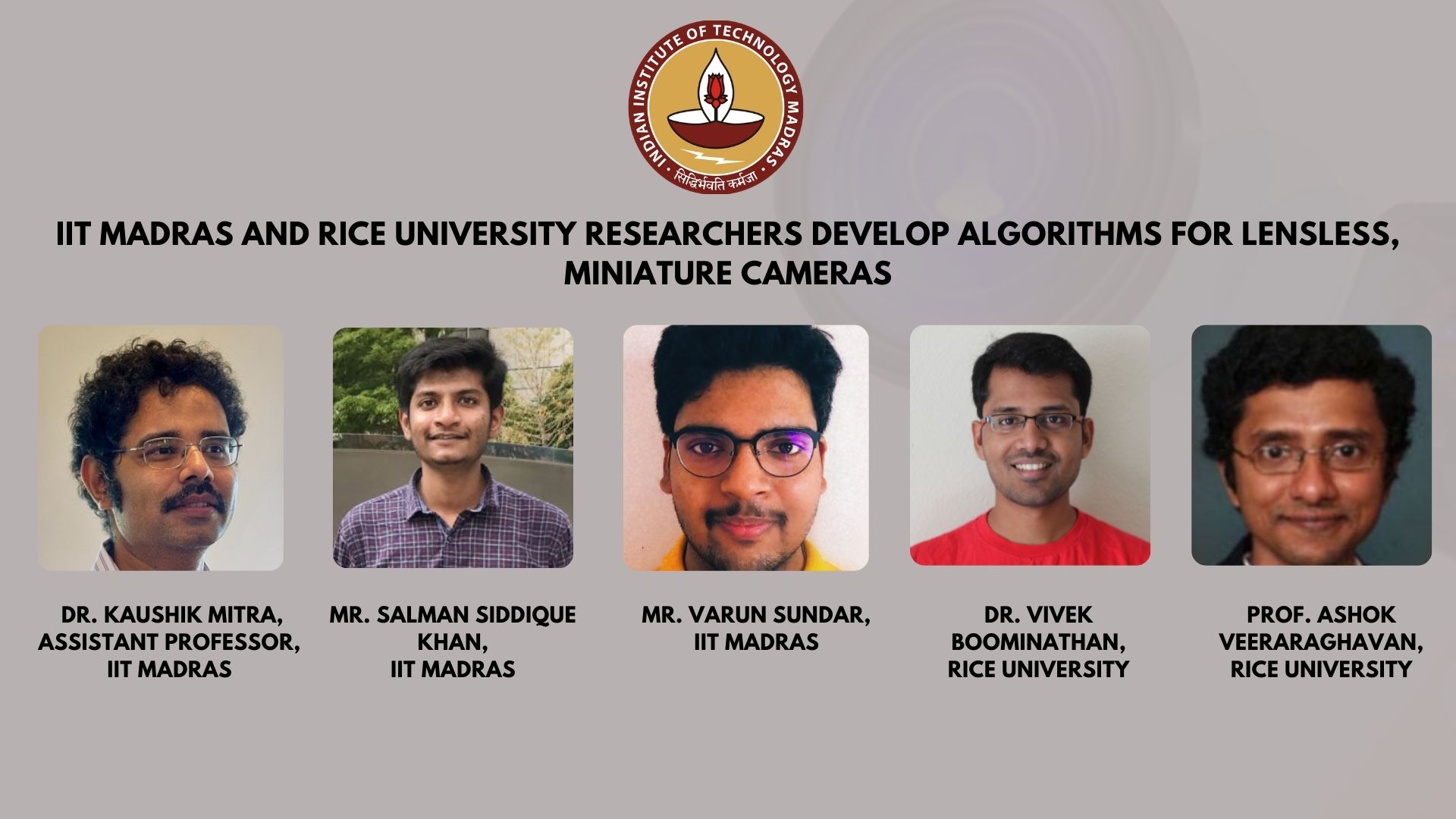 Lensless cameras do not have a lens which, in a conventional camera, acts as a focusing element allowing the sensor to capture a sharp photograph of the scene.
Lensless cameras do not have a lens which, in a conventional camera, acts as a focusing element allowing the sensor to capture a sharp photograph of the scene.
Due to the absence of this focusing element, the lensless camera captures a multiplexed or globally blurred measurement of the scene.
IIT Madras and Rice University researchers have developed a deep learning algorithm for producing photo-realistic images from the blurred lensless capture.
Taking out a lens can lead to the miniaturization of a camera. Researchers globally are trying to find substitutes for lenses.
In 2016, Professor Ashok Veeraraghavan’s lab at Rice University registered success in making a lensless camera.
They were able to develop a low-cost and low-weight ultra-thin lensless camera. The function of lenses is to focus the incoming light.
In these newly developed lensless cameras, a thin optical mask was placed just in front of the sensor at a distance of approximately 1 mm.
However, because of the absence of focusing elements, the lensless camera captures blurred images restricting their commercial use.
IIT Madras and Rice University researchers have now developed a computational solution to this problem.
The team of researchers from IIT Madras and Rice University developed a de-blurring algorithm, which can correct the blurred images taken from a lensless camera.
The findings of the research by Rice University and IIT Madras were presented as a paper in the prestigious IEEE international conference on Computer Vision and an extended version appeared in IEEE Transactions on Pattern Analysis and Machine Intelligence.
The team of researchers at IIT Madras were led by Dr. Kaushik Mitra who is Assistant Professor at Department of Electrical Engineering.
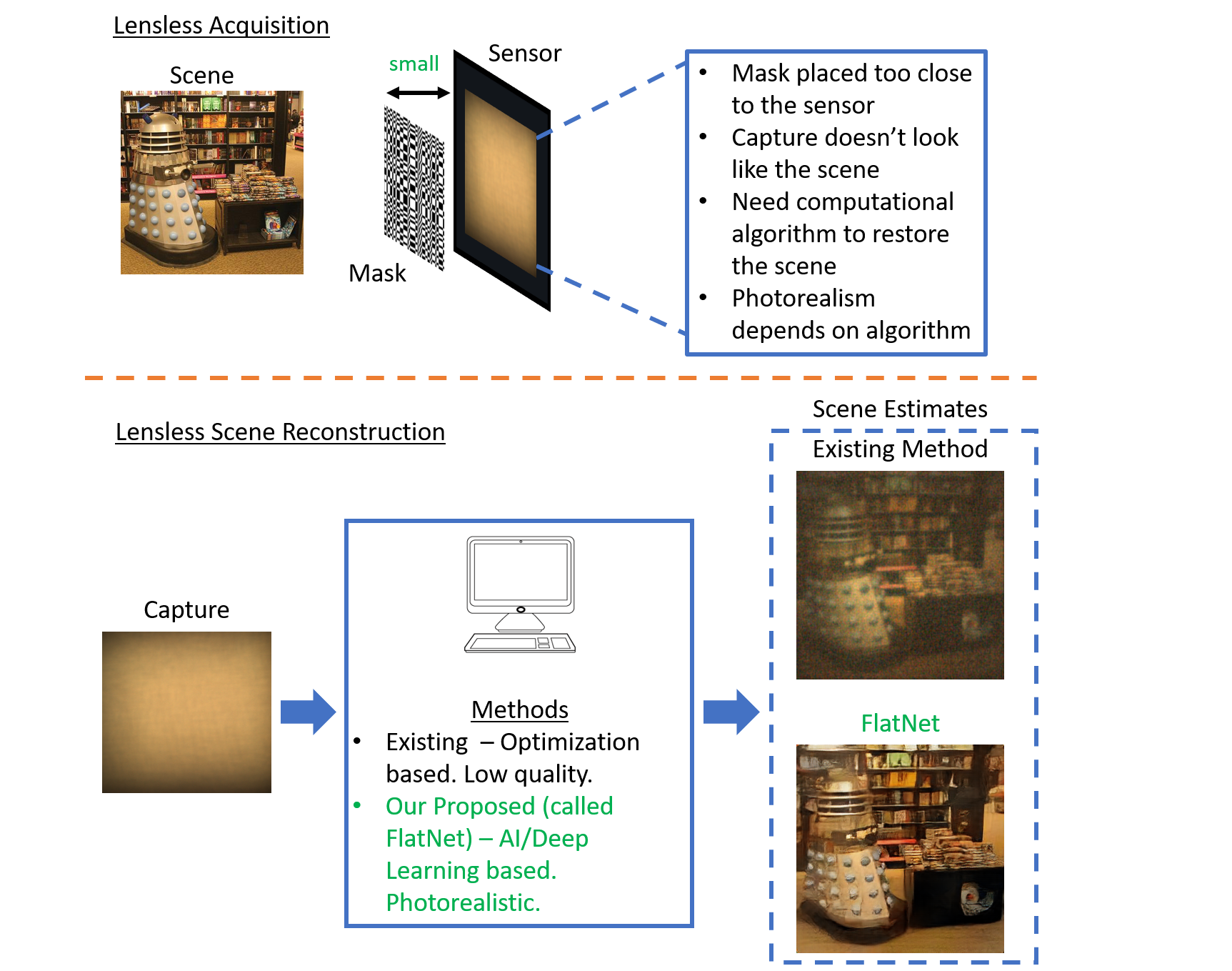 His team members included Mr. Salman Siddique Khan, Mr. Varun Sundar and Mr. Adarsh VR from IIT Madras.
His team members included Mr. Salman Siddique Khan, Mr. Varun Sundar and Mr. Adarsh VR from IIT Madras.
The team from Rice University was led by Professor Ashok Veeraraghavan. The members in the reasearch team from Rice University comprised Dr. Vivek Boominathan and Mr. Jasper Tan.
Speaking about the work done by researchers from IIT Madras and Rice University, Dr. Kaushik Mitra said existing algorithms to deblur images based on traditional optimization schemes yield low-resolution ‘noisy images.’
The team from IIT Madras and Rice University used Deep Learning to develop a reconstruction algorithm called ‘FlatNet’ for lensless cameras which resulted in significant improvement over traditional optimization-based algorithms.
Also read ‘Mahindra University offers new courses in MTech, BA and BBA. Click here to know how to apply‘
FlatNet was tested on various real and challenging scenarios and was found to be effective in de-blurring images captured by the lensless camera, said Dr. Kaushik.
Speaking more about the research by team from IIT Madras and Rice University, Dr. Kaushik said lensless imaging is a new technology and its true potential in solving imaging/vision problems has not been exploited completely.
Therefore, we are working on designing newer and better lensless cameras using data-driven techniques, devising efficient algorithms for doing inference on lensless captures and looking into interesting and important applications like endoscopy and smart surveillance, among other areas, where one can fully realize the benefits of lensless imaging, said Dr. Kaushik.
The work taken up by team from IIT Madras and Rice University was funded by National Science Foundation (NSF) CAREER and NSF EXPEDITIONS, U.S., Neural Engineering System Design (NESD) – Defense Advanced Research Projects Agency (DARPA), U.S., National Institutes of Health (NIH) Grant, U.S., and Qualcomm Innovation Fellowship India 2020.
Background for this research
For centuries the basic architecture of a camera has remained the same – a lens focuses the incoming light rays from the scene to the sensor, thereby recording a 2D projection of the scene.
Although this conventional imaging technique has been used ubiquitously, it has its own limitations such as bulky form-factor, weight, and costly optics.
To overcome these limitations, lensless imaging systems are being developed in recent years.
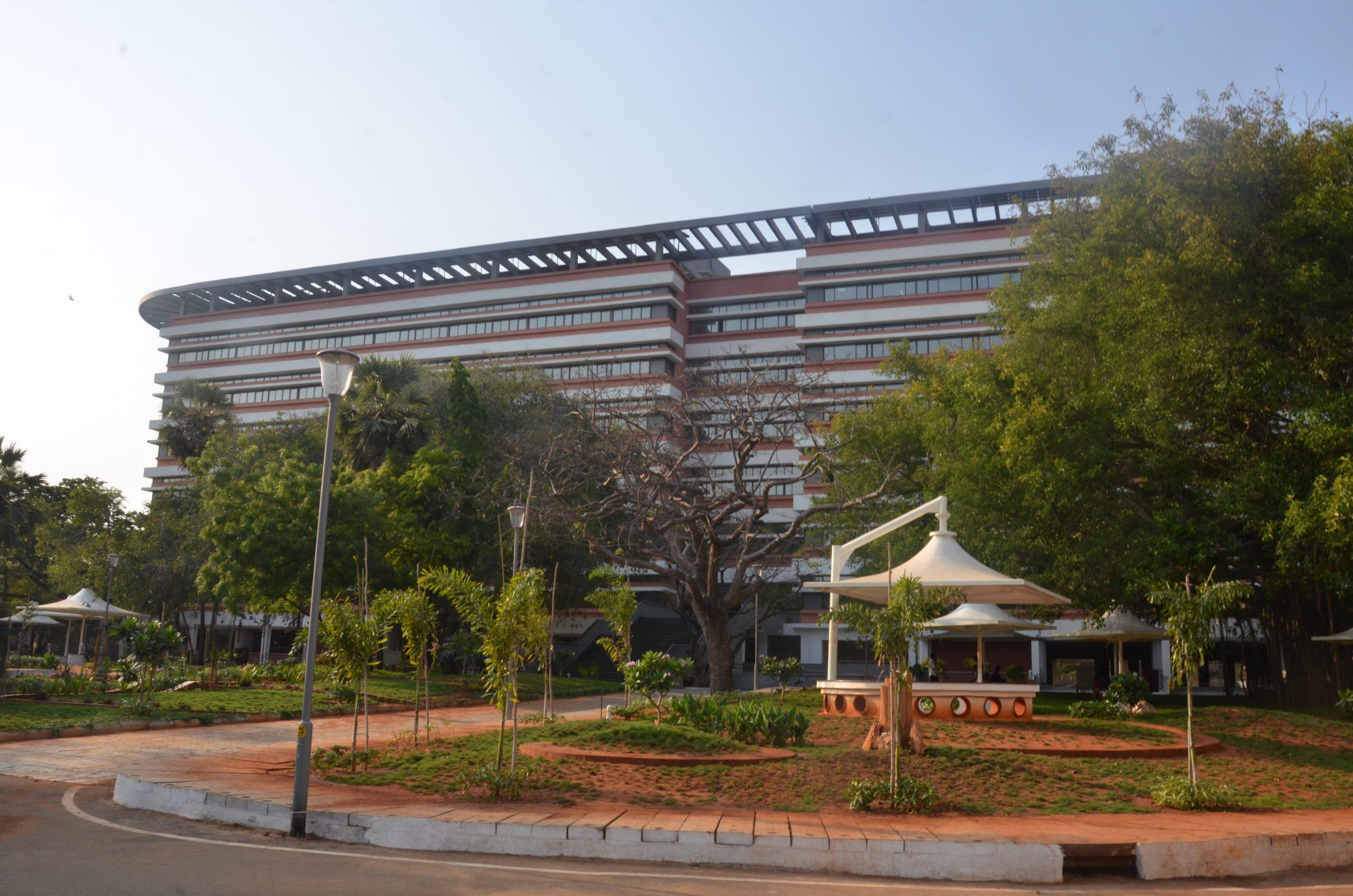 These radical imaging systems get rid of the bulky lenses and replace them with ultra-thin optical mask and accompanying computations.
These radical imaging systems get rid of the bulky lenses and replace them with ultra-thin optical mask and accompanying computations.
This results in a lensless camera that is only a few millimeters thin, lightweight and cost-effective.
However, because of the absence of a lens, the lensless camera captures a highly multiplexed or blurred version of the scene, which needs to be reconstructed computationally.
In this work, the IIT Madras researchers exploited deep learning to improve this computational aspect of lensless cameras, which will further help in the proliferation of this new and exciting technology into mainstream applications.
Read More – Most toughest exams in India
S Vishnu Sharmaa now works with collegechalo.com in the news team. His work involves writing articles related to the education... (Full bio)

Best Books to Read in 2023 Are you a bookworm or a bibliophile, if yes, then this is the ...

In the exhilarating journey of 10 Proven Memorize Techniques for Students learning, memory is your trusty companion. Whether ...

Top 20 toughest exams in world is about exams in the world that required very hard work to ...

Top 20 toughest exams in India - Exams are the perhaps most toughest moments for any student. A ...
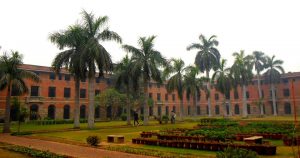
Top 20 Colleges of DU Getting admissions to the top 20 colleges of DU is a dream for every ...

Top 20 NITs of India - Amongst the 31 NITs in India, today, we are talking ...
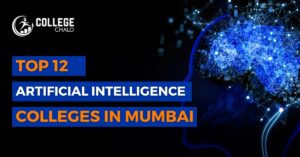
Here are the Top 12 Artificial Intelligence in Mumbai. Artificial intelligence (AI) refers to the simulation of human ...

As you stand on the Best Science Courses after 12th academic journey, the realm of science beckons, offering ...
Millions of students have entrusted CollegeChalo to facilitate their seamless and smooth admission process to their dream colleges and universities. With CollegeChalo, you can gain a competitive edge by easily accessing exam and course details to stay ahead of the admission journey. What are you waiting for?
Search your dream college